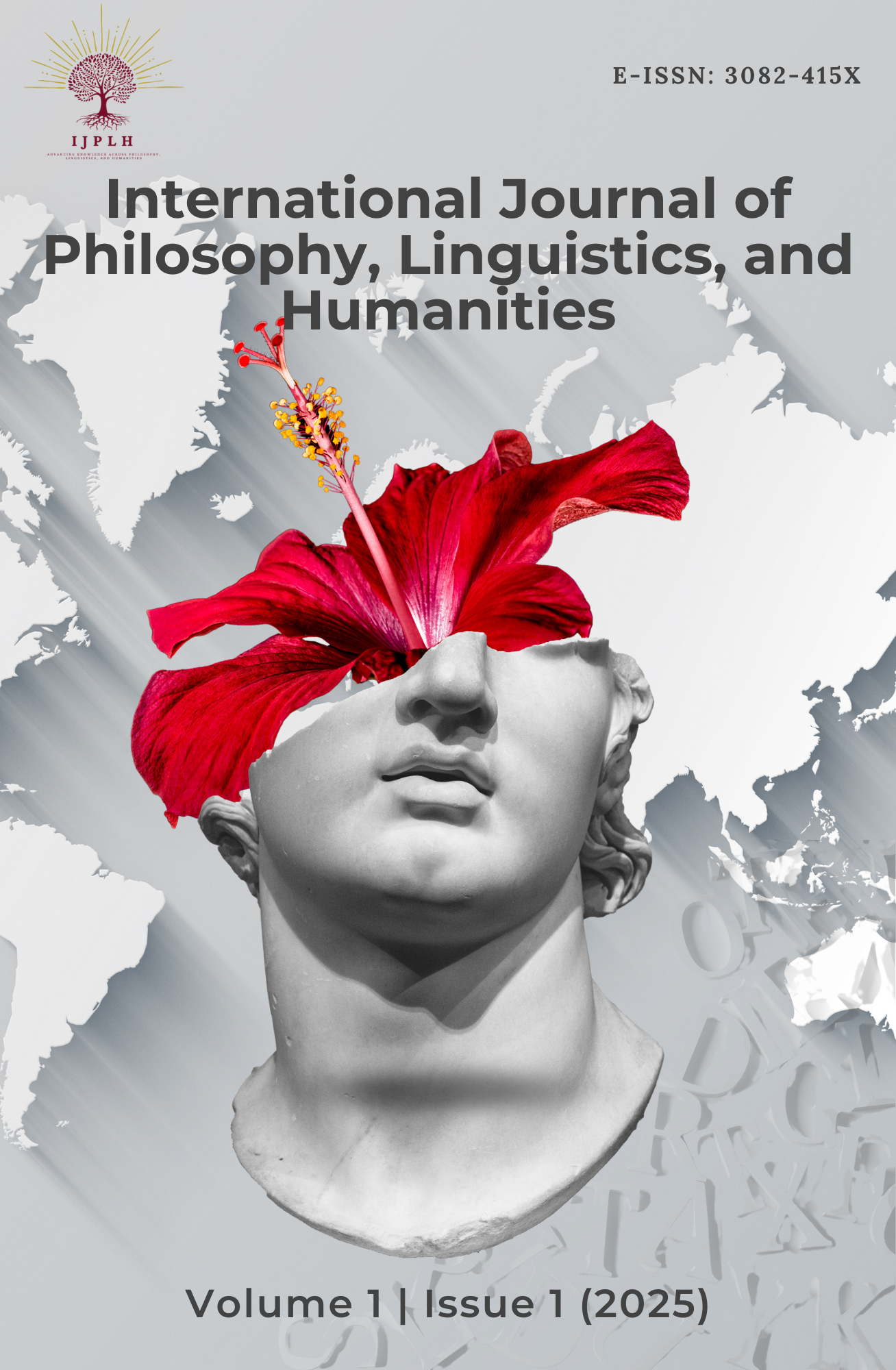Phonological Integration of Swahili Loanwords in Hehe
Main Article Content
Abstract
Linguistic borrowing apply to all languages of the World. However, as the contexts in which loanwords are borrowed vary, the way they are integrated into the grammars of the recipient languages differ from language to language. This study investigates the mechanisms used to integrate Swahili loanwords into phonological system of Hehe language. The study is based on data that were collected from Nzihi and Kiponzelo villages in the southern highlands of Tanzania by analysing spoken texts and conducting focus group discussions with the native speakers of Hehe. The findings indicated that the Hehe lexicon has changed because of massive importation of Swahili loanwords owing to various socio-political factors including trade and the authorities’ negligence to promote the use of the language in formal domains. Due to their foreign phonological features, loanwords are often present articulation challenges for native speakers. In order to be accepted by the phonological system of Hehe, loanwords are integrated using one or a combination of replacement, devoicing, epenthesis, feature changing, and re-syllabification. There are notable peculiarities in the way these mechanisms operate in Hehe when compared to the way they operate in other languages. Hence, the findings underscore linguists the language-specific nature of loanword integration.
Article Details

This work is licensed under a Creative Commons Attribution 4.0 International License.
Copyright © 2024 IJPLH, its licensors, and contributors. All rights are reserved. For all open access content, the Creative Commons (CC) Attribution 4.0 International Public License terms apply.
References
Akidah, M. A. (2013). Phonological and Semantic Change in Language Borrowing: The Case of of Arabic Words Borrowing into Kiswahili. International Journal of Educational Research, 1(4), 2201 - 6333.
Aloufi, A. (2016). The Phonology of English Loanwords in UHA, Unpublished PhD Thesis. University of Sussex, Sussex.
Anderson, S., Sayeed, O., & Vaux, B. (2015). The Phonology of Language Contact. Oxford: Oxford University Press.
Batibo, H. M. (1996). Loanwords' Cluster Nativazation Rules in Tswana and Swahili: A Comparative Study. South African Journal of African Languages, 16(2), 33 - 41.
Bickmore, L. S. (1991). Compusory Lengthening in Kinyombo. In F. Katamba, Lacustrine Bantu Phonology (pp. 75-103).
Coetsem, F. V. (2016). Loan Phonology and the Two Transfer types in Language Contact. Dordrecht: Foris Publication.
Crystal, D. (2003). The Cambridge Encyclopedia of Language. Cambridge: Cambridge University Press.
Guthrie, M. (1967-71). Comparative Bantu. Fanbrough: Cregg International Publishers.
Hennink, M. M. (2014). Focus Group Discussion: Understanding Qualitative Research. New York: Oxford University Press.
Kayigema, J. E., & Mutasa, D. E. (2015). Peculiarities of Loanwords in Kinyarwanda Noun Class. Journal of Educational Research and Studies, 3(3), 51 - 65.
Lehmann, W. P. (1962). Historical Linguistics: An Introduction. New York: Holt, Rinehart and Winston.
Madumulla, J. S. (1995). Proverbs and Sayings: Theory and Practice. Dar es Salaam: Institute of of Kiswahili Research.
Maliki, N. (1996). Extension of Kiswahili during the German Colonial Adminstration in continental Tanzania (1885-1917). AAP, 43(2), 155-159.
Mumford, W. B. (1934). The Hehe-Bena-Sangu People of East Africa. journal of East American Anthropologist, 36, 1934.
Muzale, H. R., & Rugemalira, J. M. (2008). Research and Documentaion of the Languages of Tanzania. Language Documentation & Conservation, 2(1), 68-108.
Nurse, D., & Spear, T. T. (1985). The Swahili: Reconstructing the History and Language of an African Society. Pennysylvania: University of Pennsylvania Press.
Odden, D., & Odden, M. (1999). Kihehe Syllable Structure. In H. Harry Van der, & N. Ritter, The Syllable: Views and / acts (pp. 417 - 445). New York: Mouton Griyter.
Ross, C. V. (2002). TheGerman Today: A Linguistic Introduction. London: Routledge.
Schadeberg, G. (2009). Loanwords in Swahili. In M. Haspelmath, & U. Tadmor, Loanwords in the World's Languages. A Comparative Handbook (pp. 78-102). Berlin: De Gruyter Mouton.
Webb, V., & Kembo-Sure. (2001). African Voices. An Introduction to Languages and Linguistics of Africa.
Willson, G. E. (n.d.). Declaration from Remains of an Old Agricultural System in Uhehe T. T Glassgow.
Windford, D. (2013). The Handbook of Language Contact. Oxford: Blackwell Publishing Ltd.

